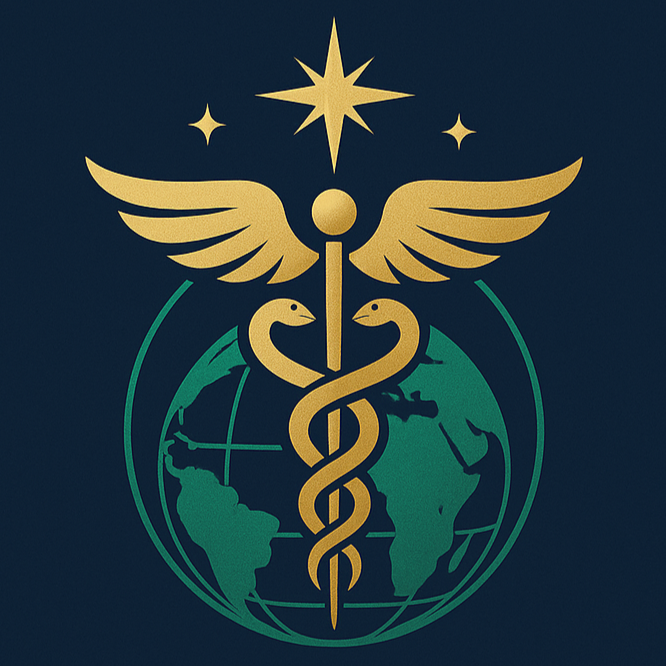Main Applications Of Tissue Engineering
Below are the main clinical applications of tissue engineering, covering both approved products and those in clinical research stages.
1. Skin and Wound Repair
-
Ovine Forestomach Matrix Dermal Templates (Endoform™)
Based on decellularized ovine forestomach matrix (OFM), Endoform™ Natural and Endoform™ Antimicrobial (with silver ions) are used to treat acute and chronic wounds, including diabetic foot ulcers and venous leg ulcers. Studies show OFM accelerates the healing of diabetic foot ulcers and provides good biocompatibility and regenerative support in hard-to-heal wounds.
2. Articular Cartilage Repair
-
MACI® (Matrix-Induced Autologous Chondrocyte Implantation)
MACI is the first FDA-approved autologous cultured chondrocyte scaffold product for repairing full-thickness or multiple cartilage defects in the adult knee. The process involves harvesting healthy cartilage from the patient, expanding the chondrocytes in vitro, seeding them onto a collagen membrane scaffold, and implanting the construct into the defect via arthroscopy or open surgery. Multiple clinical studies and coverage decisions support its safety and efficacy in selected patients.
3. Vascular Grafts and Reconstruction
-
Laboratory-Grown Arterial and Venous Grafts
Company Humacyte has developed off-the-shelf, decellularized human vessel grafts by seeding human vascular cells onto a degradable polymer scaffold to create natural-like arteries. Early clinical applications in dialysis and trauma patients have shown reduced complications and host cell repopulation post-implantation. Pending full FDA approval, these grafts could replace traditional synthetic vascular prostheses.
4. Myocardial Repair
-
Stem Cell-Derived Cardiac Patches
Cardiac patches derived from pluripotent stem cells have demonstrated potential for treating heart failure in primate studies and a first-in-human trial. These patches are created by differentiating stem cells into cardiomyocytes and fabricating a "patch" that is applied to the heart's surface, improving contractile function and promoting myocardial regeneration over 3–6 months post-implantation.
5. Airway and Tracheal Reconstruction (Research Stage)
-
Bioengineered Tracheal Grafts
A few case reports have used decellularized or synthetic scaffolds seeded with autologous cells to replace segments of the trachea, but these approaches remain in early research or single-case report stages and are not yet broadly applied clinically.
6. Bladder and Urinary Tract Reconstruction (Experimental/Case Reports)
-
Bioengineered Bladders
In 2006, the Wake Forest team reported reconstructing the bladder of a child with spina bifida using autologous urothelial and smooth muscle cells on a degradable scaffold. Long-term follow-up of up to five years showed tissue integration and functional improvement, but this approach has not yet become a routine commercial product.
Summary and Outlook
To date, FDA-approved or routinely used tissue engineering products focus on skin wound repair, cartilage repair, and vascular grafts. Cardiac patches and bladder reconstructions remain in clinical trials or case-study phases. As 3D/4D bioprinting, smart materials, and extracellular vesicle technologies mature, tissue engineering is expected to expand into complex organ reconstruction, ultimately achieving on-demand, patient-specific living tissues.

